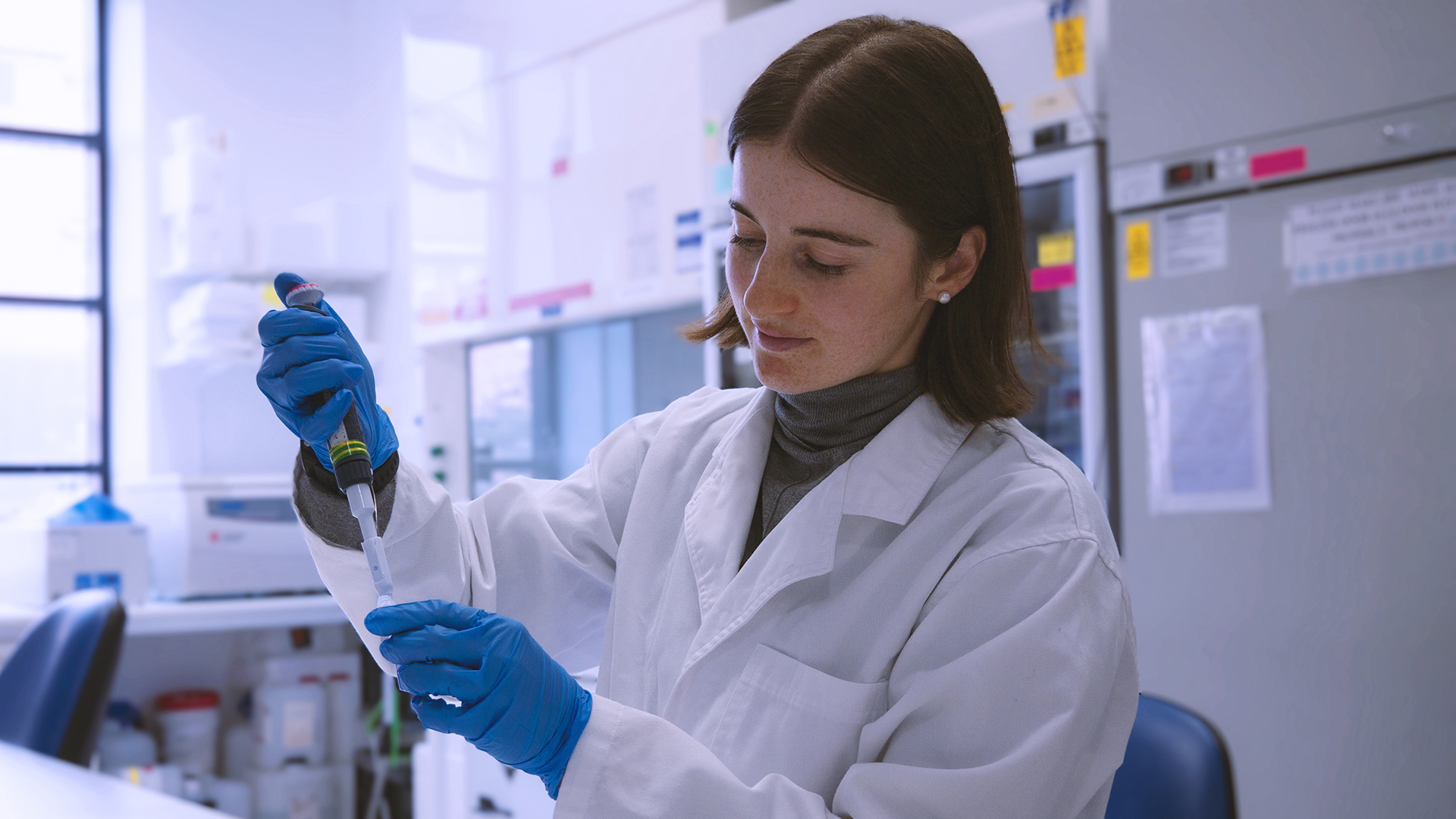Deciphering what puts blood cancer patients at risk of bleeding

When 27-year-old Hannah first saw a big bruise on her leg, she wasn’t particularly concerned.
But the bruise didn’t fade. Instead, more appeared elsewhere.
At one point, there were 30 bruises all over the body, with her gums starting to bleed and her skin cut taking unusually long to heal.
These alarming signs finally prompted her to the doctors. Soon, she was diagnosed with blood cancer.
Annually, an estimated 1.24 million blood cancer cases occur around the globe. In Australia, on average, a new person gets diagnosed with blood cancer every 28 minutes. Many of them may go through bleeding experiences like Hannah’s.
“Depending on the kind of blood cancer they have, up to 70% of blood cancer patients will experience bleeding symptoms,” said Simone Brysland, a PhD Candidate who studies thrombosis (blood clotting) and cancer at the John Curtin School of Medical Research (JCSMR), “It’s a major lifelong problem which severely impacts people’s quality of life.”
Indeed, bleeding is amongst the most common symptoms associated with blood cancer. It may present in various forms, including bruising, chronic nosebleeds, bleeding gums, vaginal bleeds, and even deadly brain haemorrhage. Some new treatments for blood cancers also have known bleeding side effects.
But the exact mechanisms that underlie bleeding in blood cancer patients are not well understood.
“This means we don’t know who is at low or high risk,” Simone added, “And we can’t adequately advise doctors on which treatment is better suited for which patient.”
Aiming to narrow this knowledge gap, Simone focuses her PhD project on identifying the molecular pathways underpinning clotting and bleeding in patients with blood cancers.
Blood cancer occurs when blood cells, including oxygen-carrying red blood cells, infection-fighting white blood cells, and clot-forming platelets, fail to develop, grow and die controllably.
Co-supervised by Professor Elizabeth Gardiner and Associate Professor Dipti Talaulikar, Simone is collaborating with blood cancer specialists from the Canberra Hospital to examine how platelet quality and function change in patients with an uncommon type of blood cancer called Waldenström Macroglobulinaemia (WM).
By comparing samples from WM patients to those from healthy donors, she found that WM platelets were less ‘sticky’ than healthy platelets and therefore formed smaller blood clots.
“Since smaller clots are less capable of plugging up big holes when blood vessels are injured,” explained Simone, “These findings show that platelet dysfunction contributes to bleeding in WM patients.”
This upcoming July, Simone will present these new results at the ISTH 2022 Congress, the world’s largest international meeting in thrombosis, haemostasis, and vascular biology.
“At first, I was shocked by the privilege of being invited to present at such a prestigious event,” recollected Simone.
This year, over 8000 participants from all over the world are attending the ISTH Congress in London to exchange ideas, advances and clinical applications designed to improve patient care.
“This will be my first in-person conference where I will have the opportunity to present my novel research findings to a large academic audience, and I cannot wait!” she said.
Simone also cherishes the opportunity to forge connections through the ISTH Congress that may assist her project to benefit cancer patients.
To maximise her trip to Europe, Simone will also visit Strasbourg in France for two weeks. She will work on mouse models of cancer and specialised platelet imaging techniques with their collaborator Professor Pierre Mangin at the French Institute of Health and Medical Research (INSERM).
While more research is still required to elucidate the clinical impact of Simone’s research, the project has suggested exciting translational potential.
By incorporating her work into routine blood testing for blood cancer patients, for example, doctors could acquire the ability to separate patients based on bleeding risks.
“This information will enable doctors to decide on the best, personalised treatment avenue for the patients, ultimately limiting bleeding events and improving quality of life.”
